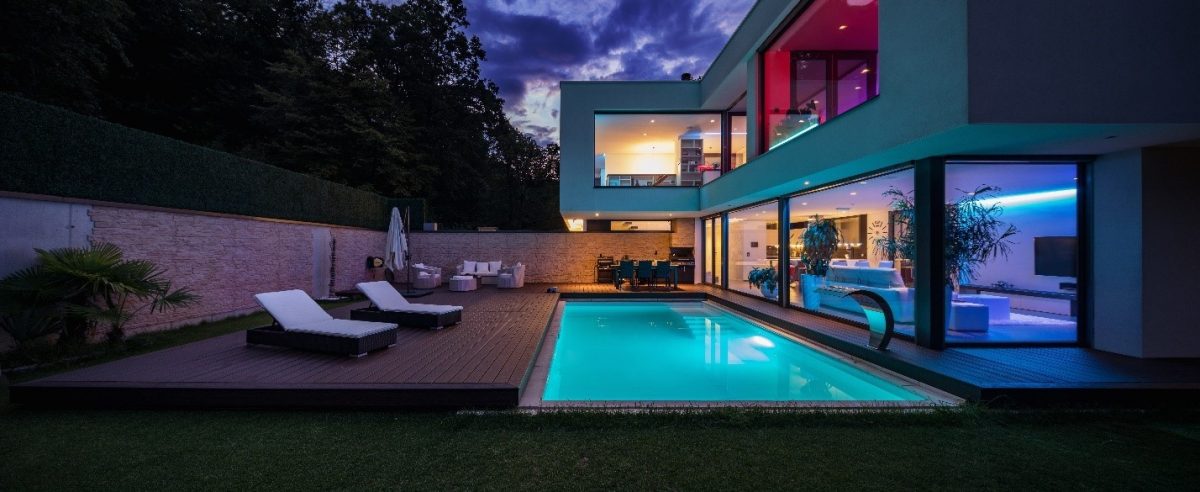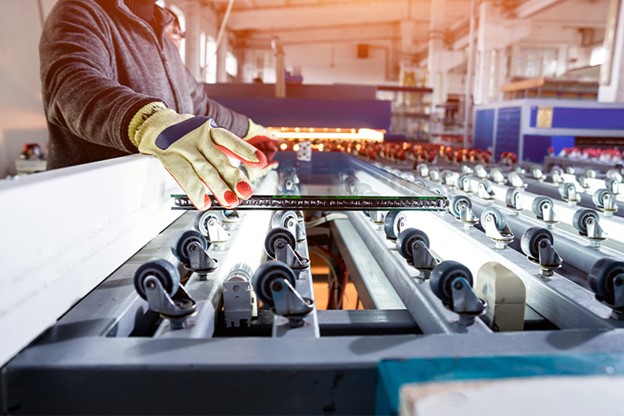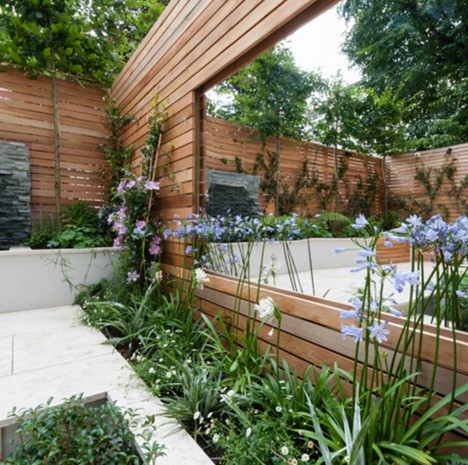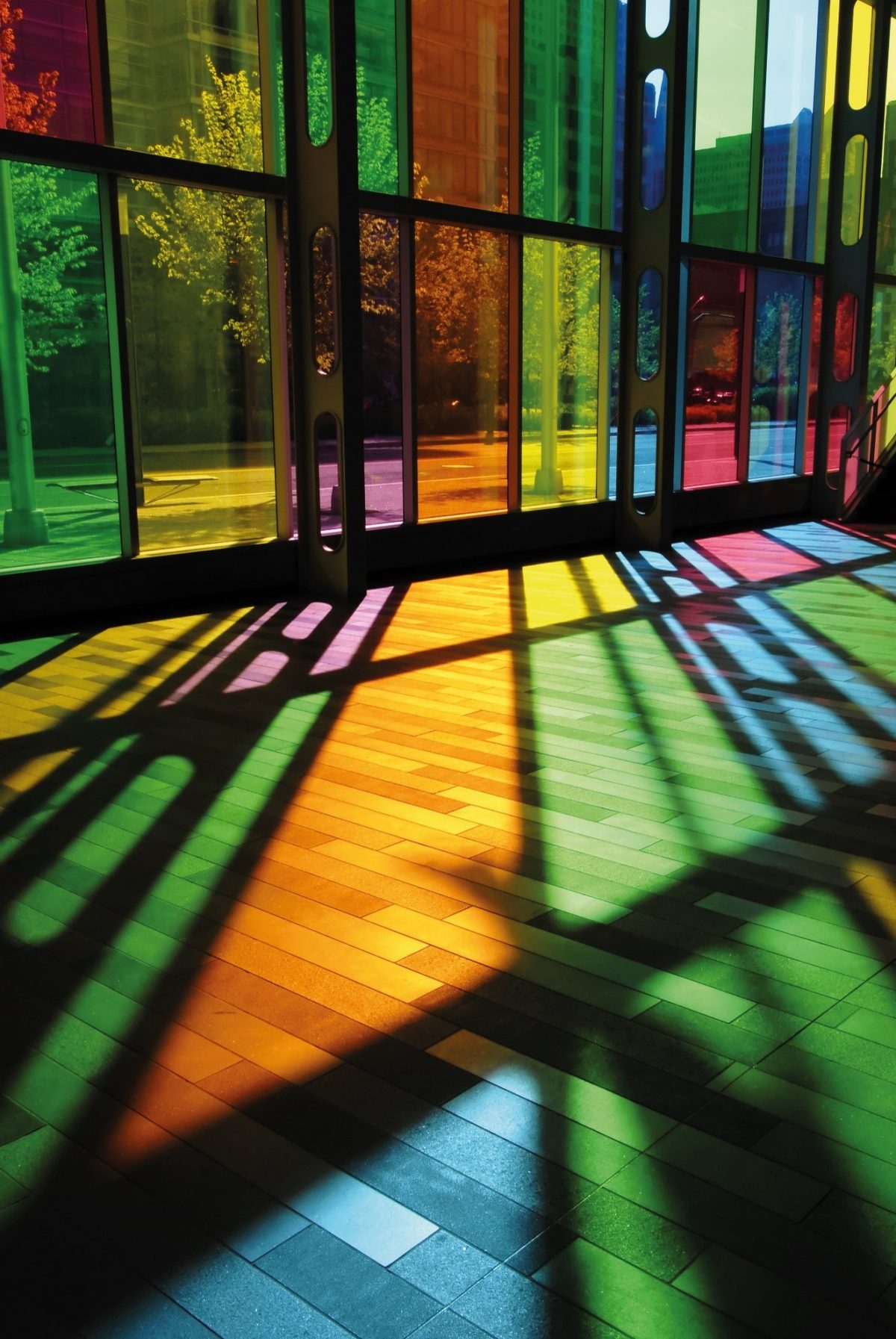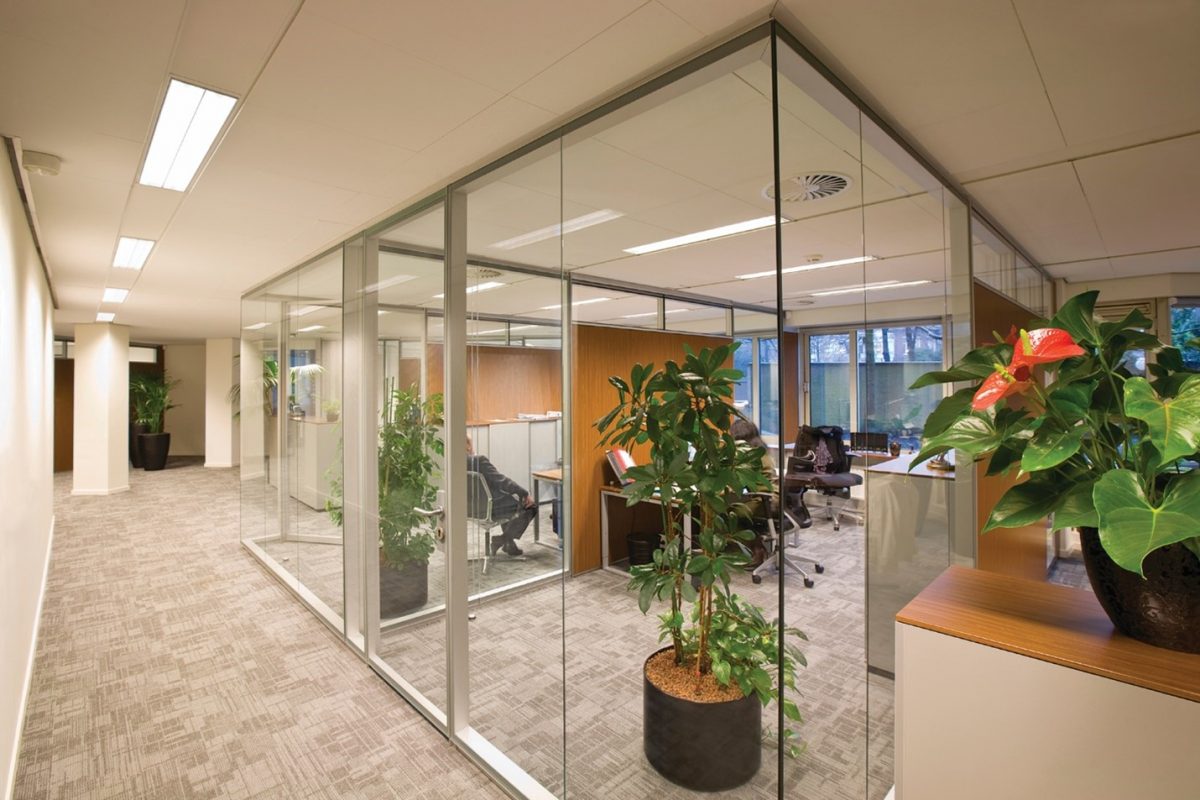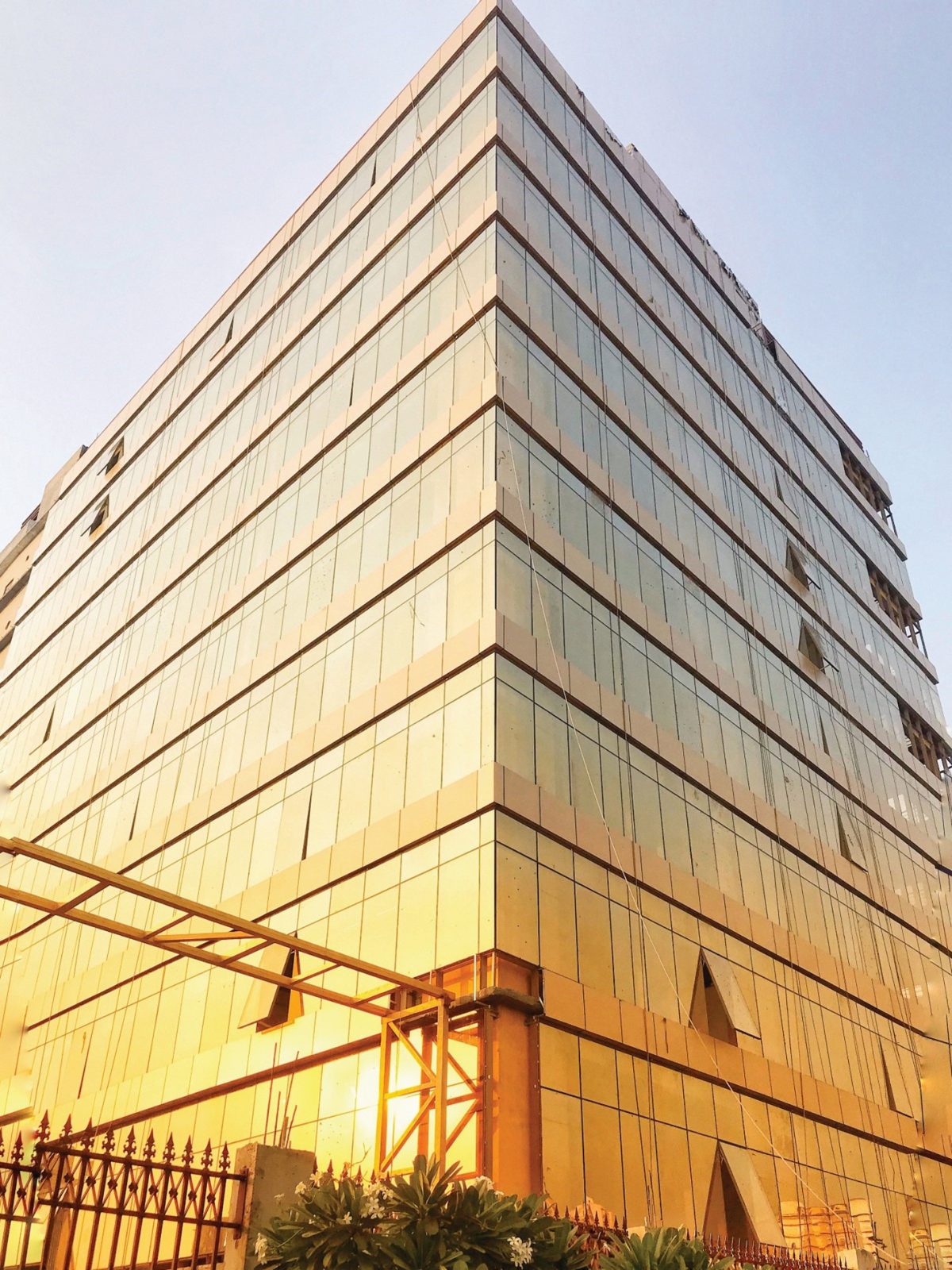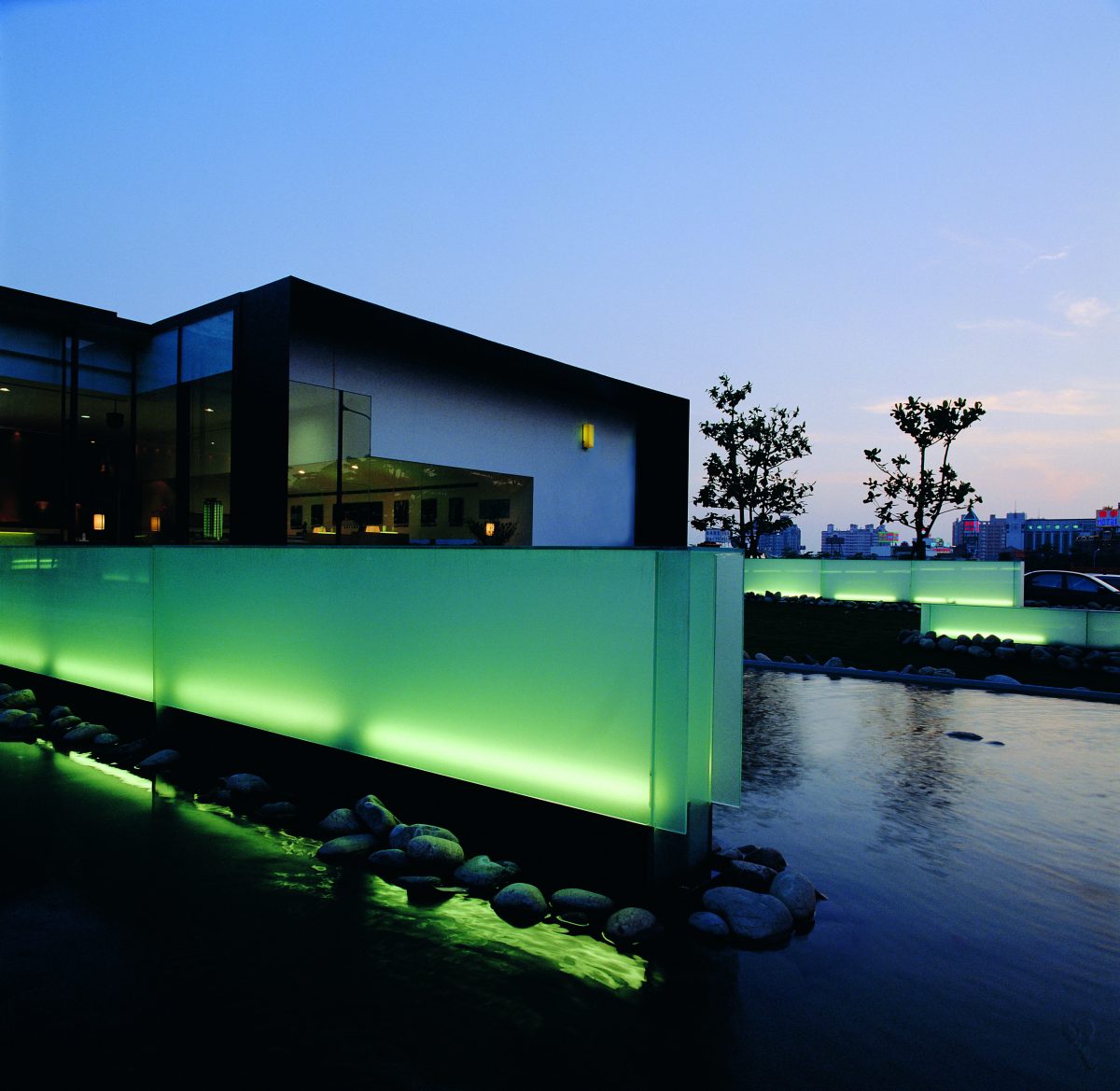When choosing new windows for your home or office, one of the most important decisions is the type of glass. The glass in your windows impacts aesthetics, insulation, noise reduction, security, and even functionality. In the section below, we’ll discuss the most popular window glass options to consider.
1. uPVC Windows
uPVC (unplasticized polyvinyl chloride) is a popular low-cost synthetic material used for window frames and glass panels. uPVC windows offer exceptional insulation, soundproofing, and weather resistance. They require little maintenance, as the uPVC material is highly durable and resists corrosion and rotting over time.
The glass itself is usually double-glazed or triple-glazed for enhanced thermal efficiency. Multiple layers trap air between them, acting as an insulator against heat transfer. This keeps your home or office warmer in winter and cooler in summer, saving significantly on energy bills. The gap between glass layers also reduces noise from outside traffic, construction, and other noise.
2. Aluminium Windows
Aluminium windows boast slim, sleek frames, allowing maximum light exposure. Structural aluminium delivers an incredibly strong yet lightweight frame that resists corrosion, rotting, and warping even in harsh weather conditions. This makes aluminium one of the most durable and longest-lasting window frame materials.
Like uPVC windows, aluminium frames incorporate double or triple-layered glass for thermal insulation and noise reduction. Speciality glass like tinted or Low-E coatings can also be added further to augment insulation capabilities, visibility, or privacy.
3. Casement Windows
Casement windows are hinged vertically along one side of the frame so the window panel opens outward like a door. This allows full and unobstructed ventilation, which allows fresh exterior breezes inside. Casement windows can incorporate nearly any glass from double-glazed Low-E glass for insulation to speciality decorative window glass types.
The outward swinging orientation does make casement windows prone to getting caught in heavy winds or storms. But minor drawback aside, casement windows lend an aesthetically appealing look with their large unbroken glass expanses while facilitating excellent ventilation flow.
4. Sliding Windows
Sliding windows move side-to-side on tracks within the window frame. This facilitates opening and closing in confined spaces where a swinging motion isn’t feasible. Sliding windows are popular for balconies, basements, attics, and above kitchen counters or sinks.
Most sliding windows incorporate double or triple-layered glass. While they don’t facilitate ventilation as freely as swinging casement windows, sliding windows can still gap slightly open for moderate airflow. The sliding panes make them easy to open or close in small spaces. But they can jam occasionally or get knocked off noisy tracks. Proper installation is key for keeping sliding windows functioning smoothly long-term.
5. French Windows
French windows, open with double side-by-side swinging doors. They combine windows and doors into one beautiful portal linking indoor and outdoor spaces. The row of many full-length glass windowpanes provides a bright and welcoming flow of sunlight ideal for living rooms, dens, or master bedrooms.
The French window style imparts elegance while facilitating easy passage to adjoining outdoor decks or patios. Their swinging side-by-side design adapts well to variable widths. And the materials can incorporate double pane glass or interesting decorative touches like curved transoms. Keeping the glass clean, hardware lubricated, and weatherstrips snug and French windows will be ultra-functional and stylish portals for decades.
Conclusion
Deciding on the perfect glass windows for your home or office involves considering various factors like space, style, natural light, ventilation, and insulation. Whether you’re leaning towards cost-effective uPVC, sturdy aluminium, breezy casements, convenient sliders, or elegant French windows, each option has its advantages and disadvantages. Choosing based on your needs and lifestyle ensures comfort in any room and weather. AIS Glass experts provide the best quality glass windows that you must consider.


